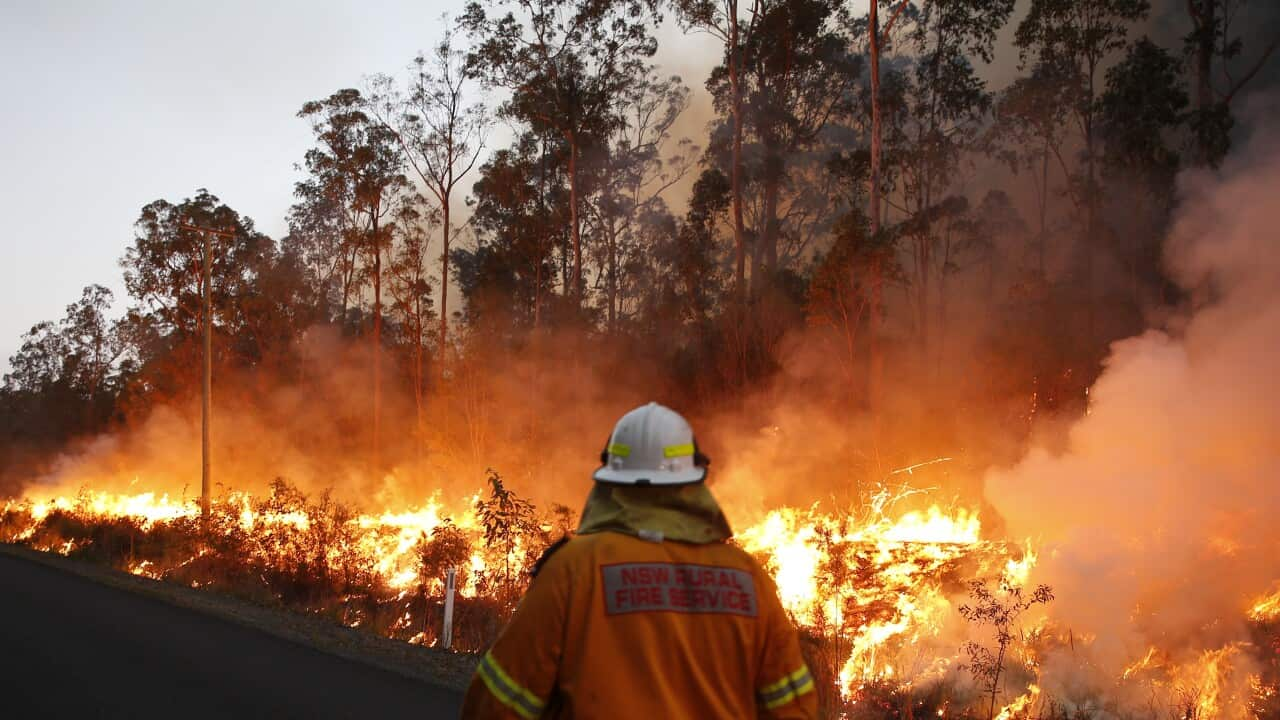From Analysis to Activity: Utilizing Your BAL Report to Reduce Bushfire Ris
From Analysis to Activity: Utilizing Your BAL Report to Reduce Bushfire Ris
Blog Article
Ensuring Shrub Fire Defense Via Correct BAL Record Evaluation
In the realm of bush fire security, the meticulous evaluation of Bushfire Assault Level (BAL) records stands as a foundation for safeguarding homes against the devastating influence of wildfires. With environmental aspects and residential or commercial property features playing considerable duties in identifying the level of threat, a comprehensive understanding of BAL rankings becomes necessary.
Understanding Bushfire Assault Degree (BAL)
In the realm of bushfire security, comprehending the Bushfire Strike Degree (BAL) is critical for making sure reliable mitigation techniques. BAL is a system made use of to measure the prospective threat a structure may deal with from a bushfire. It thinks about variables such as the sort of plant life, the slope of the land, the Fire Risk Index, and the Fire Extent Index. Understanding the BAL score of a residential or commercial property is critical for home proprietors, home builders, and policymakers to apply ideal measures to safeguard against bushfire dangers.

Significance of BAL Report Analysis
An important element in bushfire protection planning involves the complete evaluation of BAL records to analyze the possible threats and establish appropriate reduction strategies. BAL records provide essential info regarding the possible influence of bushfires on a property based on different aspects such as plant life kind, range to potential fire dangers, and incline of the land. Analyzing these reports with precision is vital in establishing efficient bushfire protection steps tailored to the certain danger profile of a building.
Carrying Out Fire Security Measures
Executing reliable fire security steps is vital for securing homes in bushfire-prone areas. This entails clearing up flammable greenery, such as completely dry fallen leaves and branches, within a specific radius of the home.
Moreover, having a ample and well-maintained water supply, such as a tank or pool, can aid firemans in their initiatives to secure the building. It is very important to have a clear discharge strategy in position and to guarantee that all citizens know with the procedures. Additionally, having firefighting devices conveniently offered, such as tubes and fire extinguishers, can assist in tackling little area fires before they escalate. Overall, carrying out a combination of these fire defense actions can considerably raise the possibilities of guarding residential or commercial properties during bushfire occasions.
Mitigating Risks in Fire-Prone Areas
To fortify properties versus bushfire dangers, a strategic concentrate on mitigating dangers in fire-prone areas is crucial. Mitigating risks in fire-prone areas entails a comprehensive technique that incorporates various steps to minimize the likelihood and impact of bushfires. One vital aspect of risk mitigation is preserving defensible room around residential or commercial properties by removing combustible plant life, ensuring sufficient spacing between trees and frameworks, and using fireproof landscaping practices. Additionally, executing ember-proofing procedures such as mounting steel mesh displays on home windows and covering roofing system tooth cavities can assist avoid ash strikes and minimize the risk of area fires.
Moreover, creating or retrofitting structures with fireproof products and guaranteeing appropriate upkeep of roofings, gutters, and external cladding can dramatically improve the property's strength to bushfires. Practicing a bushfire and establishing emergency strategy with all occupants, consisting of emptying procedures and interaction methods, is also essential in mitigating dangers effectively. By taking on a positive approach to take the chance of mitigation in fire-prone locations, homeowner can much better safeguard their properties and improve overall bushfire preparedness.
Ensuring Property Security and Resilience
Making certain the safety and resilience of properties in fire-prone areas calls for a steadfast dedication to durable precautionary actions and tactical preparation. Property safety and security starts with applying effective actions to reduce fire threats. This includes maintaining a defensible space around the residential property by removing flammable plants, ensuring correct upkeep of roofing systems and rain gutters, and using fire-resistant building materials. Routine upkeep of firefighting tools, such as tubes and lawn sprinkler, is also essential to building strength.
Durability, look these up on the other hand, includes the ability of a residential property to hold up against and recoup from a bushfire. This can be enhanced via the installation of coal guards on home windows and vents, guaranteeing that entrance points for coal are decreased. Additionally, having a well-thought-out evacuation plan and practicing it regularly can substantially increase home resilience. Collaborating with next-door neighbors and neighborhood fire authorities can additionally reinforce the safety and strength of buildings in fire-prone locations. By proactively attending to these elements, home owners can much better safeguard their assets and enjoyed ones from the risk of bushfires.
Final Thought
In conclusion, making certain bushfire protection via proper BAL report evaluation is vital for comprehending the level of risk posed by bushfires and implementing essential fire defense actions. By alleviating dangers in fire-prone locations and guaranteeing home safety and durability, individuals and neighborhoods can much better get ready for and respond to bushfire occasions. It is necessary to prioritize fire safety procedures to protect lives and residential property in these risky environments.
In the world of bush fire protection, the meticulous evaluation of Bushfire Strike wikipedia reference Degree (BAL) records stands as a cornerstone for securing residential or commercial properties versus the devastating effect of wildfires (BAL Report). Comprehending the BAL rating of a home is critical for property policymakers, contractors, and proprietors to apply appropriate measures to protect versus bushfire threats

BAL records supply crucial info about the prospective effect of bushfires on a home based on different variables such as Learn More plant life type, distance to potential fire risks, and slope of the land (BAL Report). Generally, applying a mix of these fire defense measures can significantly increase the chances of protecting residential properties during bushfire events
Report this page